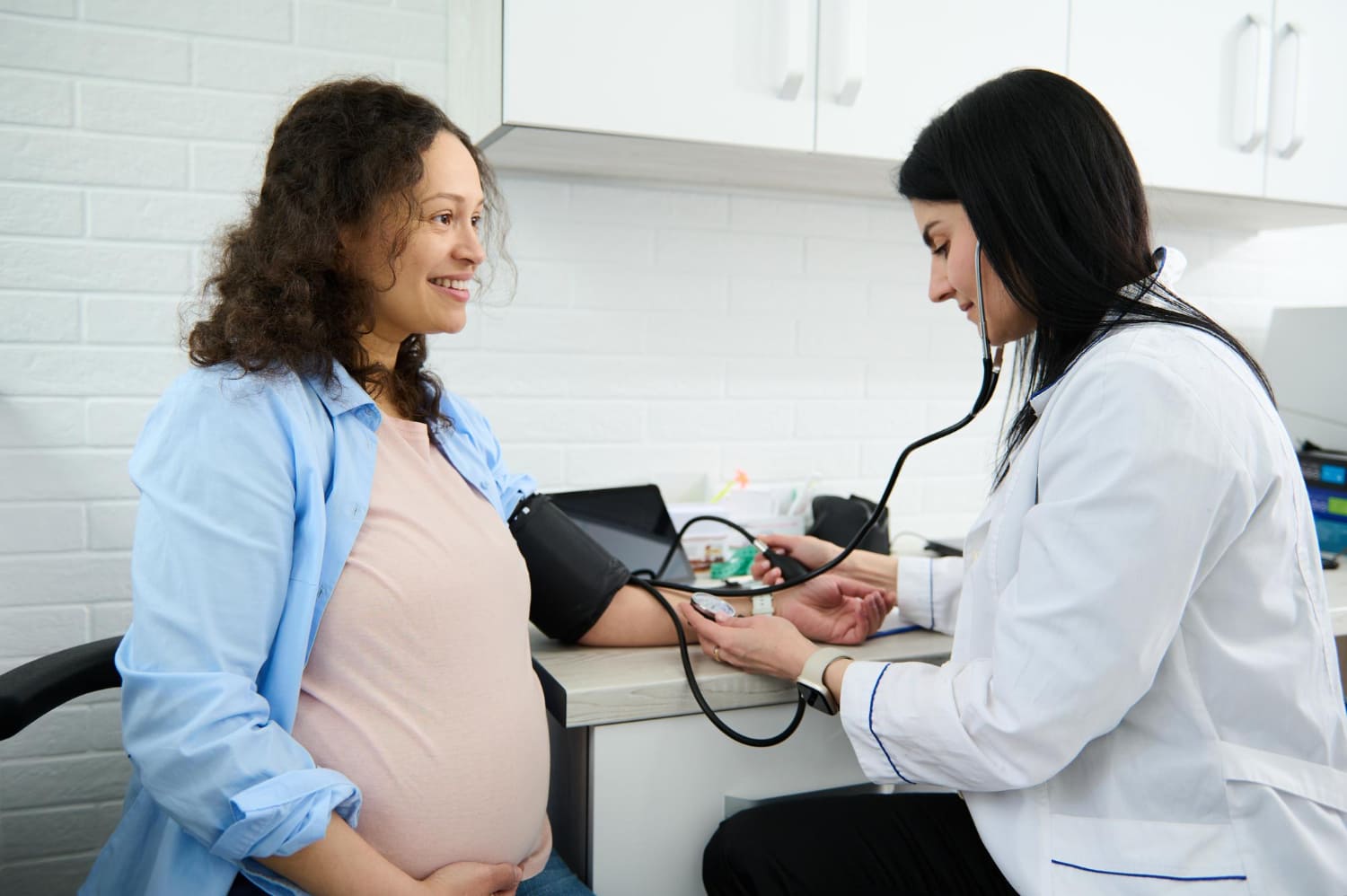Right Age for Mammography

Apr 19, 2022
According to Hospital Based Cancer Registries of ICMR, Breast Cancer is leading site of cancer in India and ranks second among cancer in women. So, screening for breast cancer is an integral part of prevention of this cancer. The verb ‘to screen’ is defined as ‘to sift by passing through a screen’. There are mainly two different approaches of cancer screening: prevention of disease by finding and removing premalignant precursors of cancer; and early detection of cancer where the goal is to treat the invasive cancer in an early curable stage. Screening for Breast cancer involves various modalities and includes BSE, CBE, Mammography and MRI. Recently work on Tomography and Proteomics is being carried out. However, none of these screening tests is 100% sensitive and specific in detecting breast cancer. Therefore, it is often recommended that a combination of these techniques be used in the screening process. Opinions vary as to which combinations of screening techniques are the most effective for identifying breast cancer. Mammographic screening is an important for diagnosing as well for screening breast cancer.

Although MRI breast is considered to be better tool than mammography in screening and diagnosing Breast cancer but availability and cost is huge barrier. Heated debates are on going over the benefits and harms of mammography but there is the controversy over the age when mammographic screening should be started. ACS(American Cancer Society) says Annual screening mammography should begin at the age of 45 with an option to begin at age 40. Transition to biennial screening at age 55 with option to continue annual screening after consultation with their physician. ACOG( American College of obstetrician and Gynecology) says Annual mammography screening should begin at the age of 40 after discussion with their physician. USPSTF( United State Preventive Services Task Force)expert group that reviews latest research states that Biennial screening should begin at the age of 50 as annual mammograms starting at the age of 40 can do more harms than good.
Due to these controversies, Risk based stratification is gaining momentum. Recent evidence suggests that stratification of risk and screening frequency is likely to be more cost-effective. Gail and IBIS model have been extensively used using current age, age at menarche, age at first live birth, number of first degree relative with breast cancer, number of previous breast biopsies and History of atypical hyperplasia in previous biopsies. Ibis model is more extensive and incorporates BRCA mutations. Based on the calculations of risk, mammography screening should be done otherwise routine screening should start not before 45 years of age.







